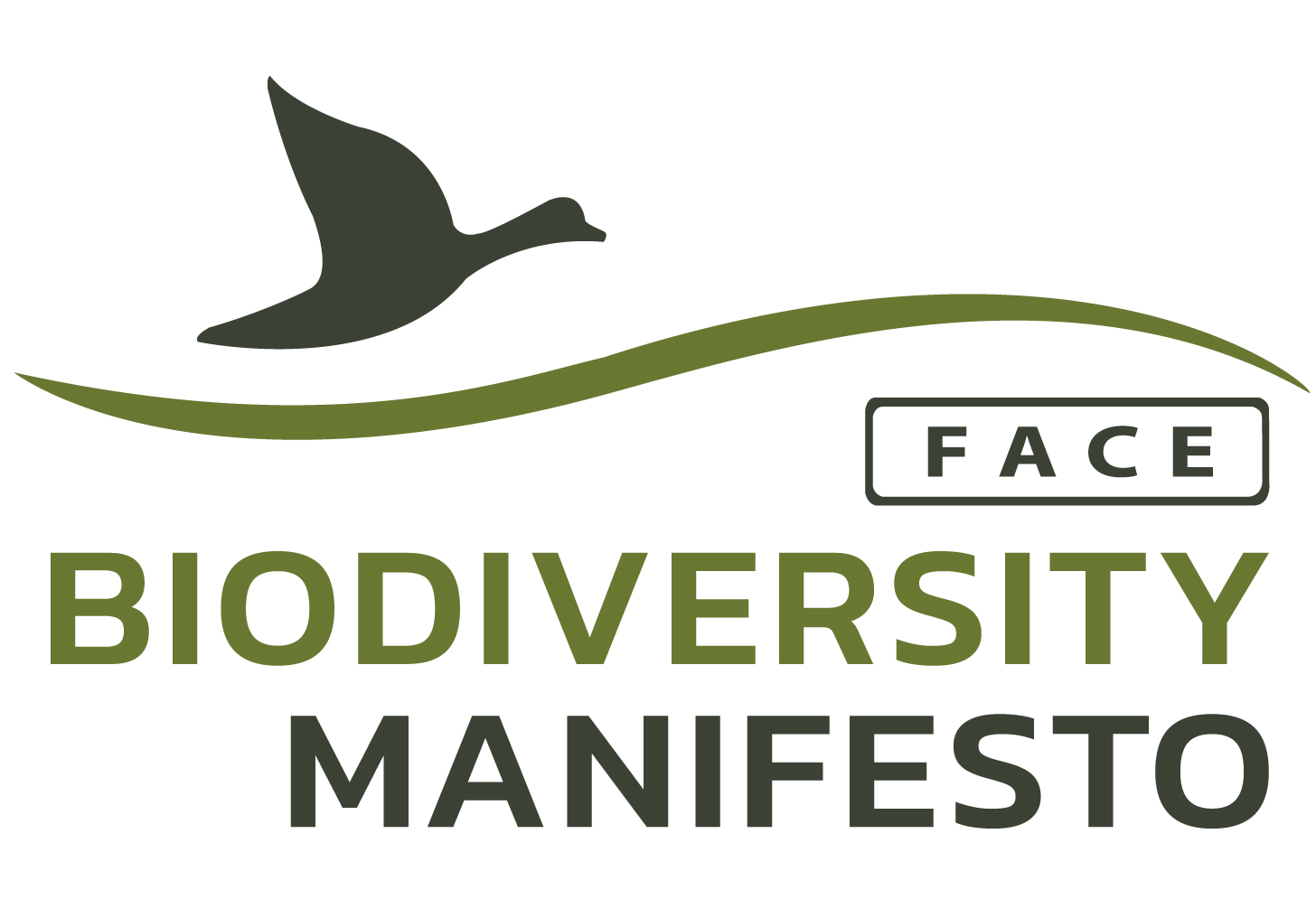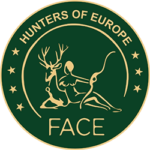The aim of the implementation of ARTEMIS II project is to record annually the structure (sex & age) of game species? populations in Greece through the collection of biological samples, in order to be able to propose and implement the best management and conservation measures in each case.
The actions involved in the project are co-ordinated from a scientific team of specialists, researchers and academics. The study is carried out in the field by Gamekeepers of the Hunting Organizations.
When Gamekeepers of the Hunting Organizations realize controls in the field, they ask for permission from hunters they are controlling, in order to remove part of their harvested game individuals (front leg from Brown hare, one wing from Thrushes, Rock partridge, Chukar partridge, Turtle dove, Wood pigeon, Waterfowl species & Eurasian woodcock, and in-situ teeth recognition for Wild boar).
Biological samples which are removed are then forwarded each month to the scientific team of ARTEMIS II project, who store them appropriately and then realize identification of sex and age for each biological sample. All data are stored in electronic databases, and then data analysis & statistical approaches are implemented, and results are extracted.
Hunters give permission to the Gamekeepers of the Hunting Organizations who realize controls in the field, to remove part of their harvested game individuals
Country: Greece
Starting date: 2005
Species: European Rabbit (Oryctolgaus Cuniculus), Common Moorhen (Gallinula Chloropus), Common Snipe (Gallinago Gallinago), Northern Lapwing (Vanellus Vanellus), Eurorasian Coot (Fulicula Atra), Greater White-fronted Goose (Anser Albifrons), Tufted Duck (Aythya Fuligula), Common Woodpigeon (Columba Palumpus), Common Pochard (Aythia Ferina), Northern Shoveller (Anas Clypeata), Northern Pintail (Anas Acuta), Garganey (Anas Querquedula), Wigeon (Anas Penelope), Gadwall (Anas Strepera), Mallard (Anas Platyrhynchos), Common Teal (Anas Crecca), Carrion Crow (Corvus Corone), Jackdaw (Corvus Monedula), Common Magpie (Pica Pica), Starling (Sturnus Vulgaris), Common Blackbird (Turdus Merula), Fieldfare (Turdus Pilaris), Redwing (Turdus Iliacus), Mistle Thrush (Turdus Viscivorus), Song Thrush (Turdus Filomelos), Turtle Dove (Streptopelia Turtur), Rock Pigeon (Columba Livia), European Hare (Lepus Europaeus), Skylark (Alauda Arvensis), Woodcock (Scolopax Rusticola), Common Pheasant (Phasianus Colchicus), Common Quail (Coturnix Coturnix), Chuckar Partridge (Alectoris Chukar), Red Fox (Vulpes Vulpes), Rock Partridge (Alectoris Graeca), Beech Marten (Martes Foina), Wild Boar (Sus Scrofa)
Species characteristics: Huntable species, Abundant species, Threatened species
Type of actions: Research and data collection, Communication, Policy work, Enforcement
Leading partners: The Hellenic Hunters Confederation

